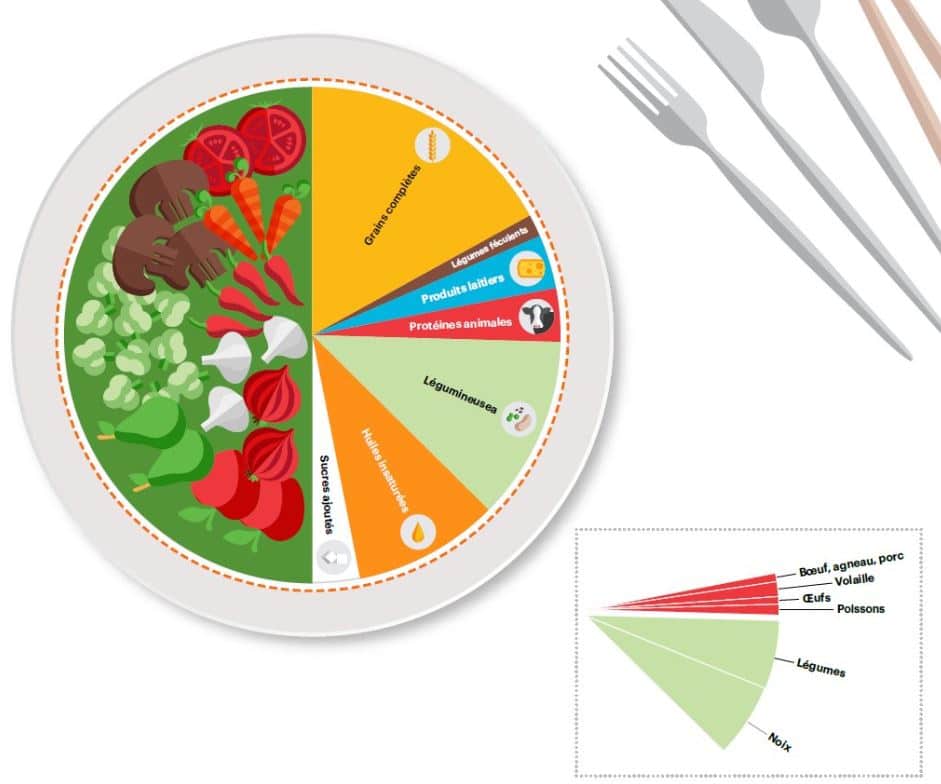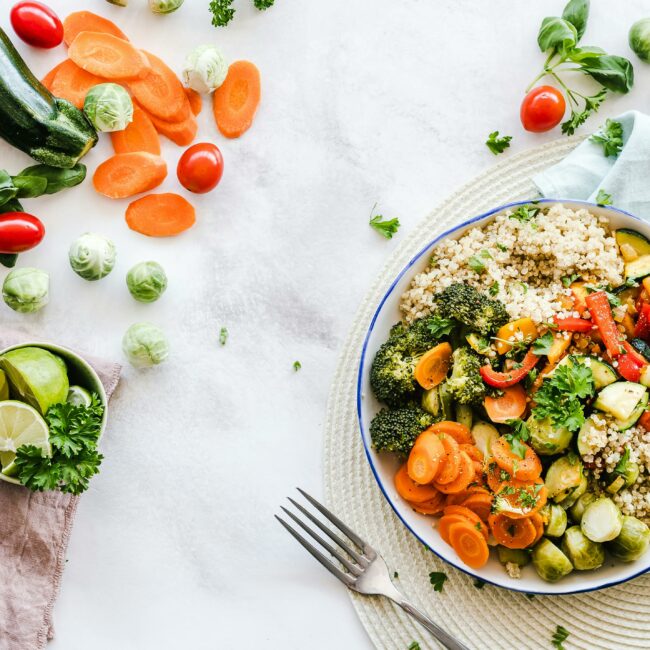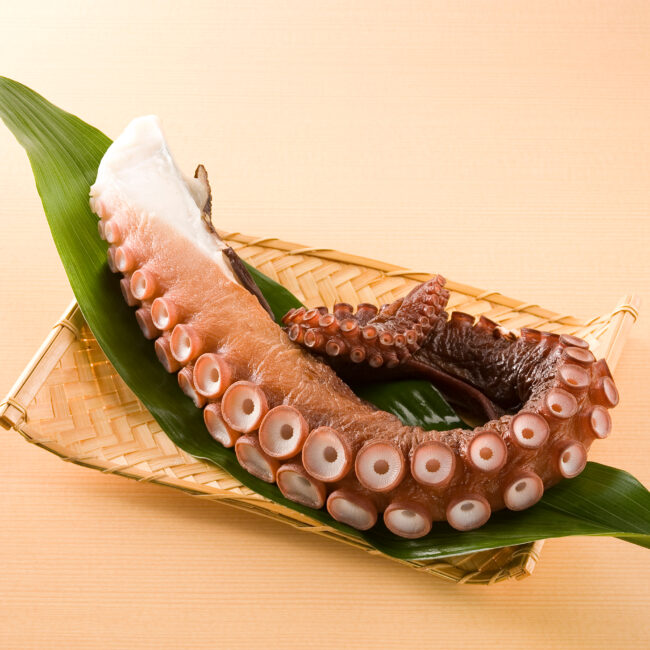Philippe Mauguin, Director of INRA, defined healthy and sustainable food at the global level in a round table organized by AgroParisTech Alumni. According to him, it is a food available to all that meets the nutritional needs of human beings in quantity and quality (neither too much nor too little), produced in agriculture and processing by optimizing and respecting natural resources (water, soil, air) while ensuring that biodiversity is preserved and limiting the effects of climate change.
Rethinking our food system by 2050, without exhausting resources, is a real challenge to meet the needs of a population that will reach 9.7 billion or even 10 billion. Every year 0.6 to 1.9% of the land is made unusable, biodiversity is collapsing, a dramatic observation. What if part of the solution was on our plates?
The EAT-Lancet report, recommendations for greater sustainability
In early 2019, the Eat-Lancet Commission, composed of experts from around the world, published a report highlighting a healthy diet that would be beneficial for the sustainability of our system.
The experts considered the impact of our food on 5 different outputs: Greenhouse gas emissions, land use change, water cycles, nitrogen application, phosphorus application, biodiversity loss. They also considered the nutritional value of the diet.
A dietary model for healthy diets in the plural
Although there are no studies showing the existence of a global regime, EAT provides a basis for rethinking the composition of our plate. Here are the 3 pillars of this model:
– More plant and less animal: half the plate must be filled with vegetables, and a quarter of protein with at least half of plant origin (legumes…). A significant reduction in the consumption of meat, particularly red meat, is recommended.
– Favour unsaturated fats over saturated fats: back to oilseeds, and unsaturated oils which should represent 1/8th of our plate. Although consumers are beginning to realize the nutritional benefits of choosing between types of fat, including oilseeds on our plates is still too rare.
– Avoid refined cereals, limit ultra-processed foods and added sugars for nutritional reasons but also for energy consumption and food waste. Whole grains should only represent 1/3 of our menu.
And in practice can everyone follow this model?
It would be absurd to make everyone eat the same thing. It is indeed a model that can be adapted according to regions, available resources and production systems. Take a country where agro-pastoral systems constitute a major resource of income but also of essential micro and macronutrients, it is difficult to drastically reduce the share of animal protein. It is up to each country, or even each region, to take up the challenge by adapting the regimes. What is certain is that this model still offers flexibility to respect cultures and the environment.
Towards a redesign of our food system
A transition in our way of eating will inevitably be accompanied by new initiatives throughout the food production chain. Starting with agricultural methods, there are a multitude of flourishing alternatives (agroecology, agroforestry, biodynamics): methods that make it possible to maintain biodiversity while producing. As the report points out, the goal is to « redirect agricultural priorities from quantity to quality production ». The aim is to achieve production for all without exhausting our soils by rationalizing fertilizer consumption, alternating crops and ensuring that the soil plays its role as a carbon sink.
Even if decisions on agricultural methods will be made at the scale of each country according to the climate, the environment and the current state of agriculture. The Eat report recalls the need for global governance for land and ocean exploitation in order to preserve biodiversity from overexploitation of resources in a context of global competitiveness.
Finally, this new model is also accompanied by a reduction in food waste. 30% of agricultural production is lost after harvest in the South and 30% of food production is lost after sale in the North. An absurdity that makes you think. Ensure the storage of resources, better distribution of food, consumer education, there are approaches throughout the supply chain that must continue to be supported at the individual and collective level.
A report that reinforces the current recommendations of the FAO but also the conclusions of the AgriMonde-Terra report of INRA and CIRAD. It is certain that consumer awareness will influence the agri-food offer of tomorrow with stronger quality and CSR commitments from manufacturers.
On their own scale, start-ups innovate with eco-responsible marketing that appeals to consumers, and the largest companies do not hesitate to communicate their commitments.












